Garment firms need to stitch deals
 Deepening roots in three key export markets of the US, the EU and Japan parallel to more effectively tapping new markets such as Russia, Canada and South Korea will be the sector’s core tasks in 2012, according to its executives.
Deepening roots in three key export markets of the US, the EU and Japan parallel to more effectively tapping new markets such as Russia, Canada and South Korea will be the sector’s core tasks in 2012, according to its executives.
Vitas chairman Vu Duc Giang said the export of textiles and garments to three key markets hiked in 2011 despite sagging consumption.
Accordingly, export to US market rose 14 per cent, to the EU up 41 per cent and to Japan leaped 52 per cent against 2010.
“With such fundaments, the sector will strive to rake in $15 billion from export in 2012, up over 8 per cent against 2011. Firms’ focal tasks will be clinging to key markets which grab 80 per cent of the sector’s total export value while not ignoring opportunities in new markets,” Giang said.
Towards these directions, several firms such as Phuoc Long Investment Joint Stock Company (PLI), Dong Xuan Knitwear and Gia Dinh Garment companies have teamed up with foreign partners to build specialised plans making exports to three key markets.
For instance, the PLI shook hands with Japan’s Sumikin Bussan to build Phuoc Long-Sumikin Bussan Garment plant worth VND23 billion ($1.1 million) in total investment in mid 2011.
Vinatex has ‘ordered’ Vietnamese trade counselors in key export markets to support in sourcing new import partners.
Vinatex deputy general director Le Tien Truong said the group was also crafting plans to source strategic partners with a view to hiking product value chain.
Alongside tapping new markets, Garco 10 general director Nguyen Thi Thanh Huyen stressed opportunities were also for firms to raise exports to traditional markets. “Vietnamese textile and garment products had set a foothold in US market but not available in all US states. The situation is the same in US and EU markets,” said Huyen.
In fact, every year Garco 10 sends its teams for surveys in traditional markets. Most recently, the company sent staff to a number of EU countries to sniff out opportunities and meet importers.
To materialise 2012 export target, the sector has planned to boost usage of locally-sourced materials such as PE fibre, enlarged cotton areas to 15,000 hectares in 2012 and encouraged firms to save costs through procuring locally made equipment and materials.
In 2011, the textile and garment sector reaped $13.8 billion in total export value, exceeding projections $300 million and surging 30 per cent against 2010. Notably, the localisation rate currently stands at 48 per cent, 2 per cent more than in 2010 and export surplus reached $6.5 billion.
What the stars mean:
★ Poor ★ ★ Promising ★★★ Good ★★★★ Very good ★★★★★ Exceptional
Related Contents
Latest News
More News
- Binh Duong creates many incentives for large FDI projects (December 27, 2024 | 17:24)
- Quang Ninh to continue focusing on FDI in 2025 (December 27, 2024 | 16:26)
- Transforming to an AI-driven organisation (December 26, 2024 | 08:30)
- Full-year growth prospects raised (December 26, 2024 | 08:00)
- Remarkable outcomes can be earned (December 25, 2024 | 11:00)
- Trade scope expands with British accession to CPTPP (December 25, 2024 | 10:00)
- Nghe An boasts workforce potential for industrial growth (December 25, 2024 | 08:30)
- Localities implement solutions for semiconductor projects (December 23, 2024 | 15:00)
- UK's Pharos Energy obtains licence extensions (December 23, 2024 | 14:41)
- Australia relationship has never been better (December 23, 2024 | 11:00)

 Tag:
Tag: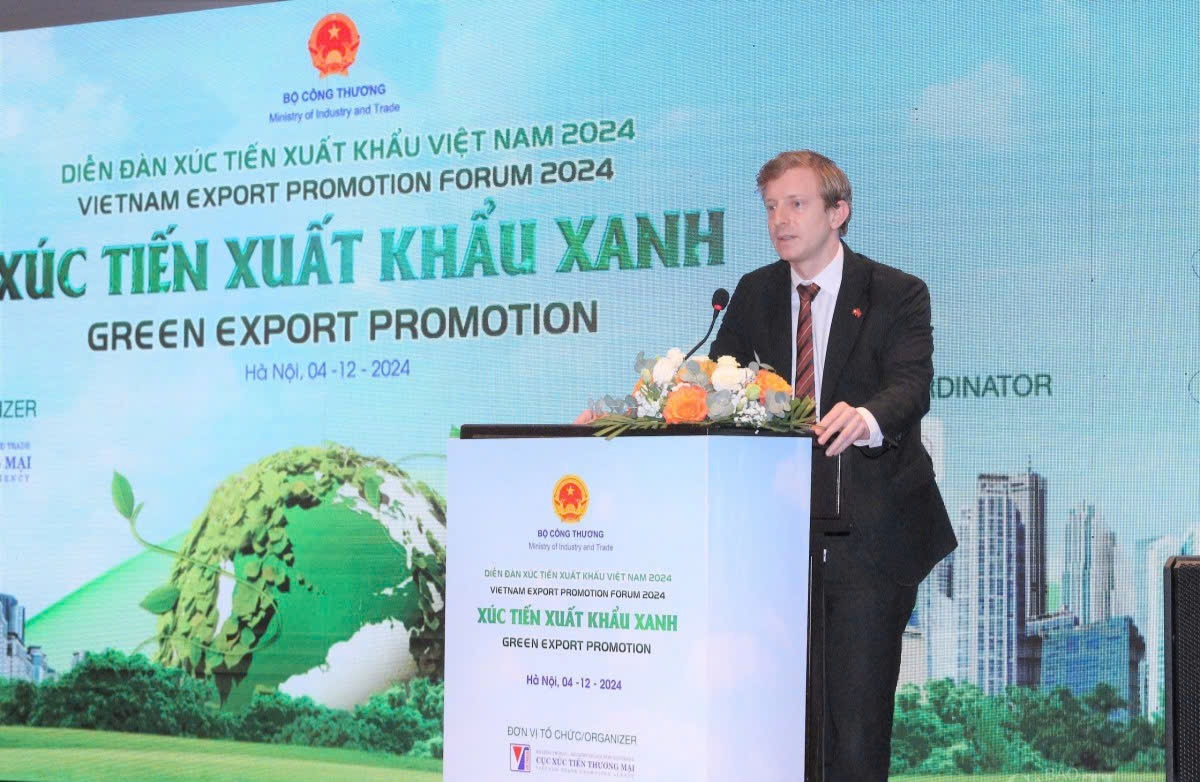
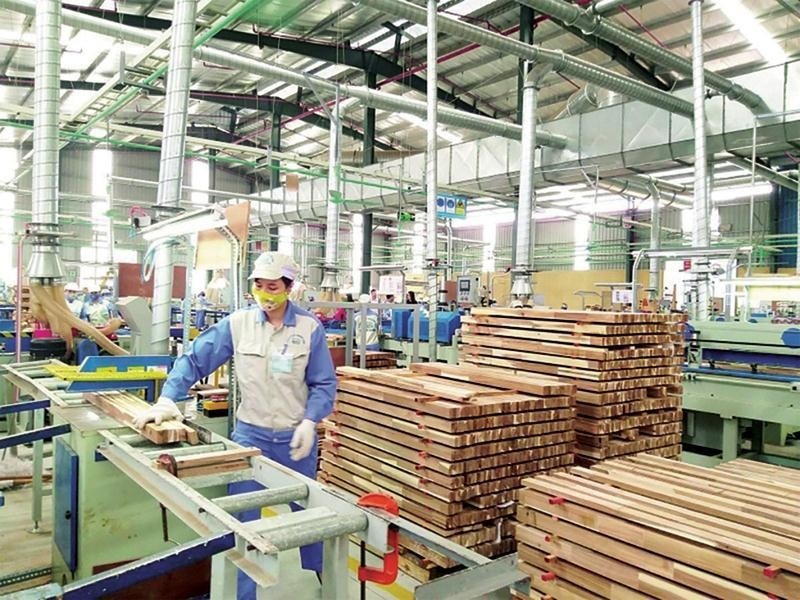
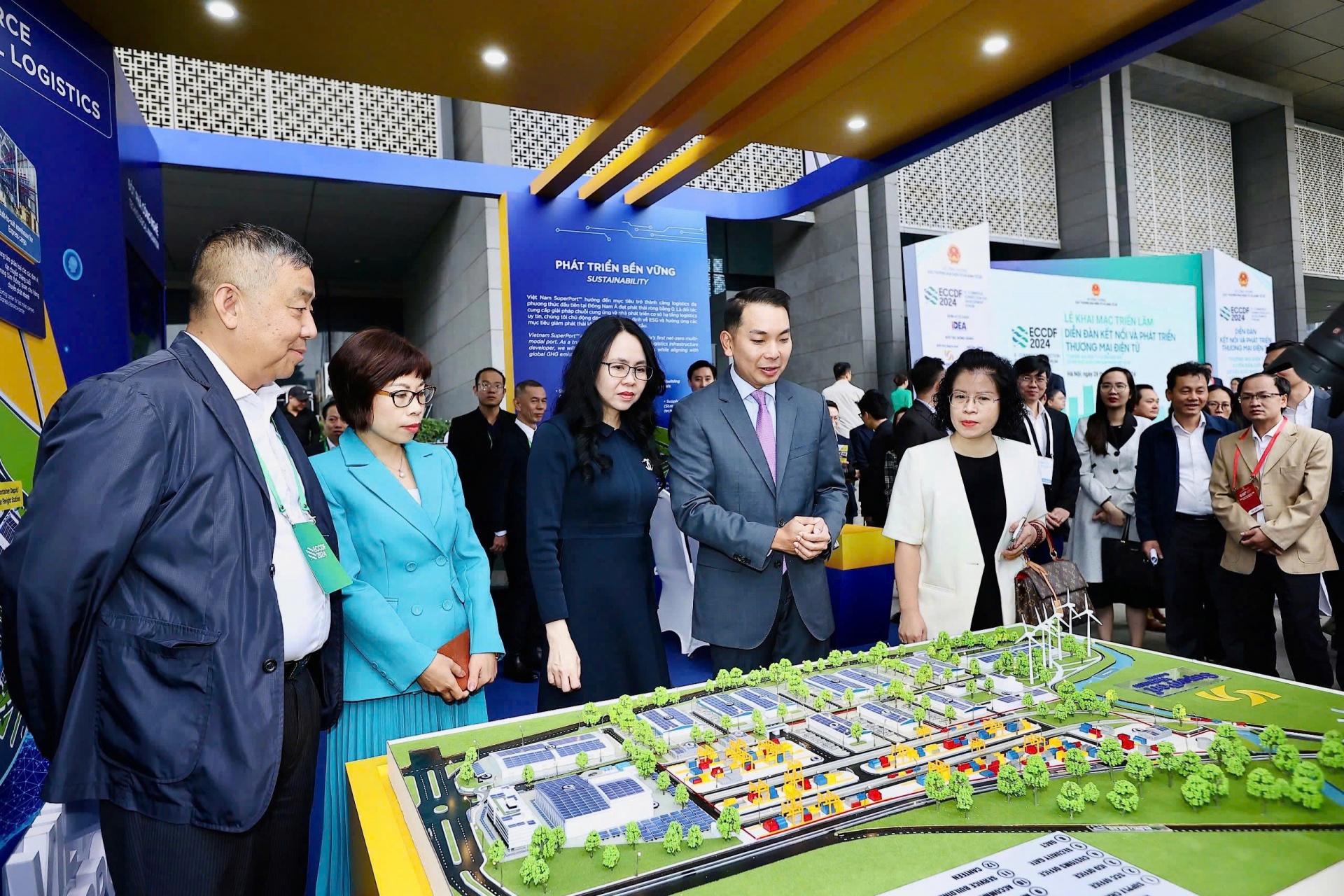



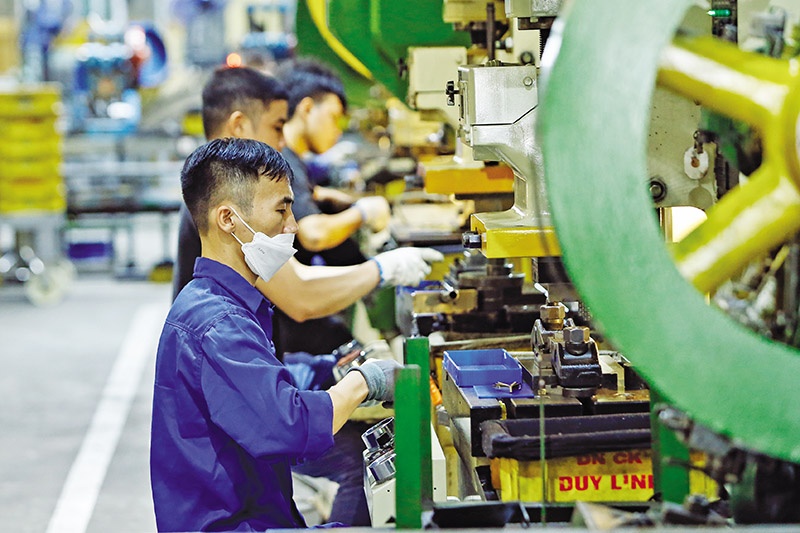
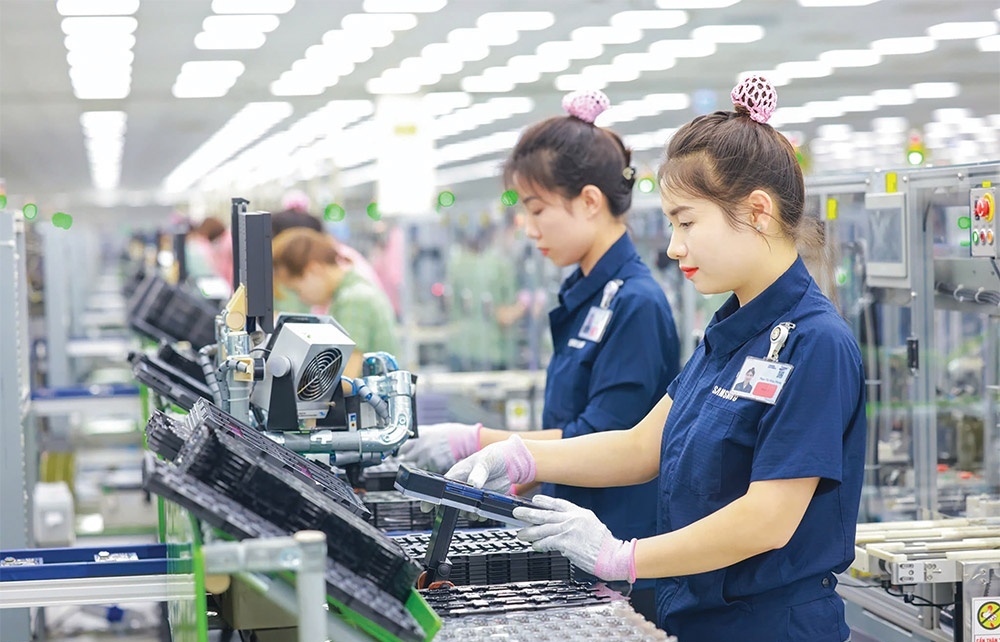

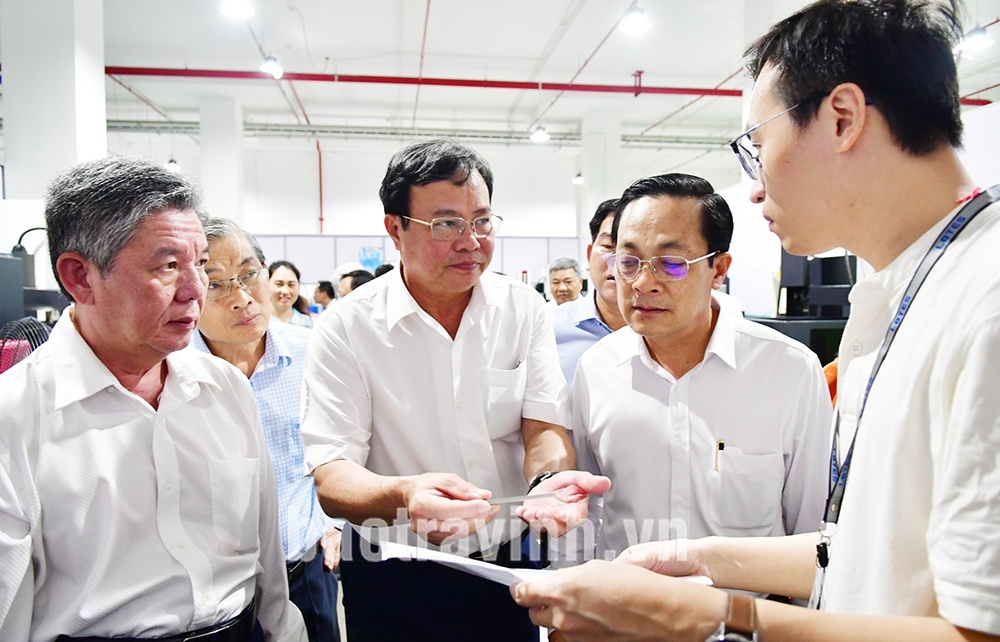
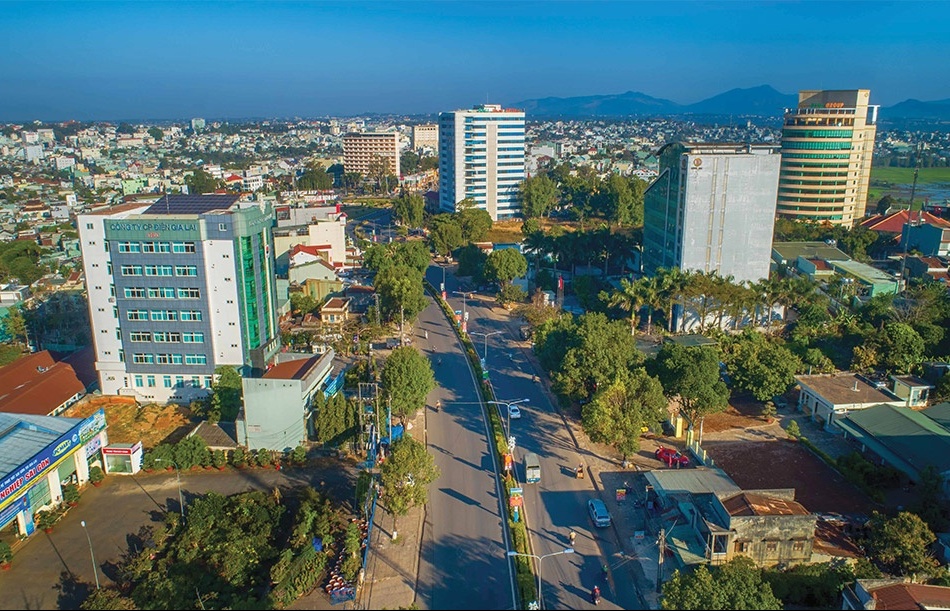
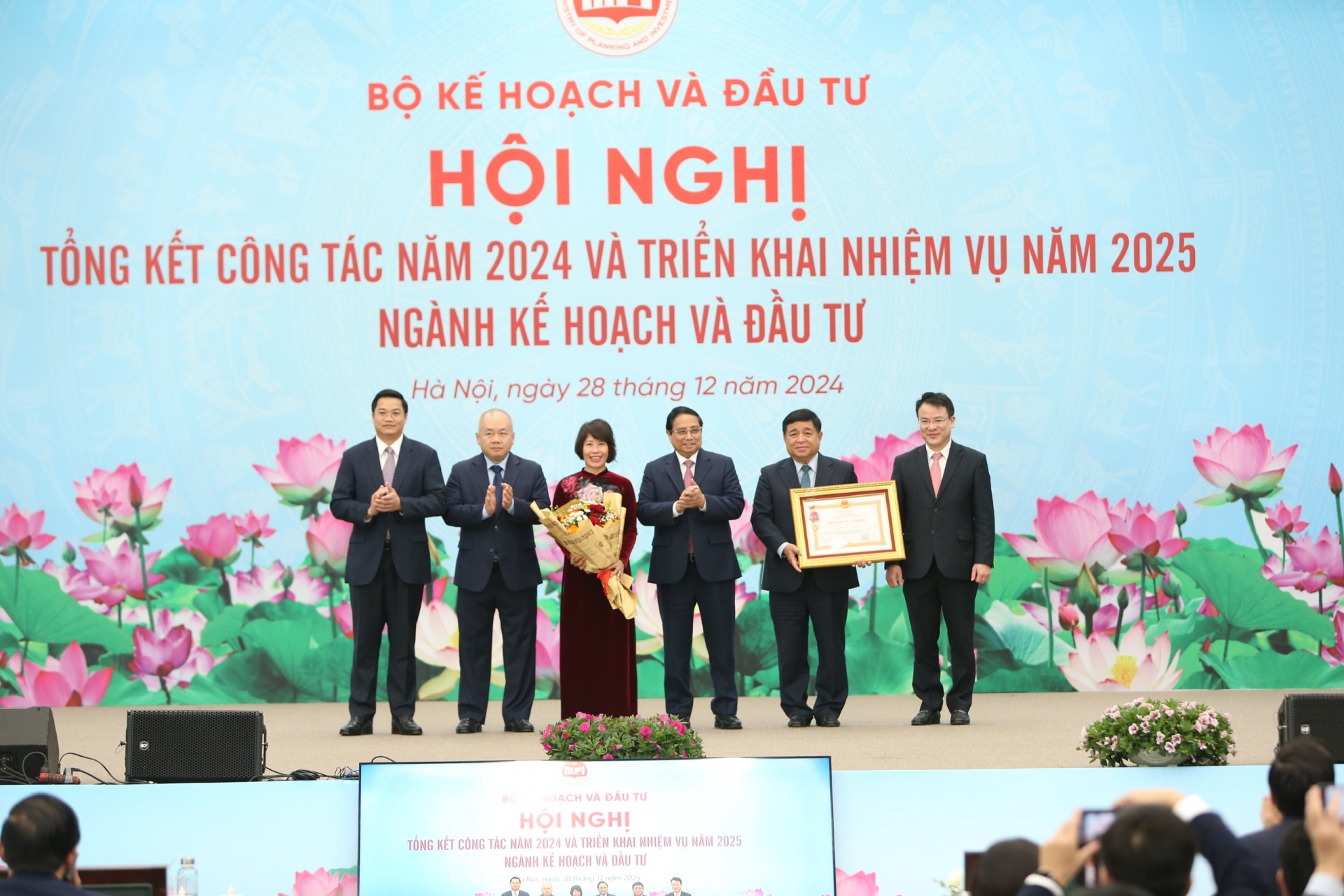


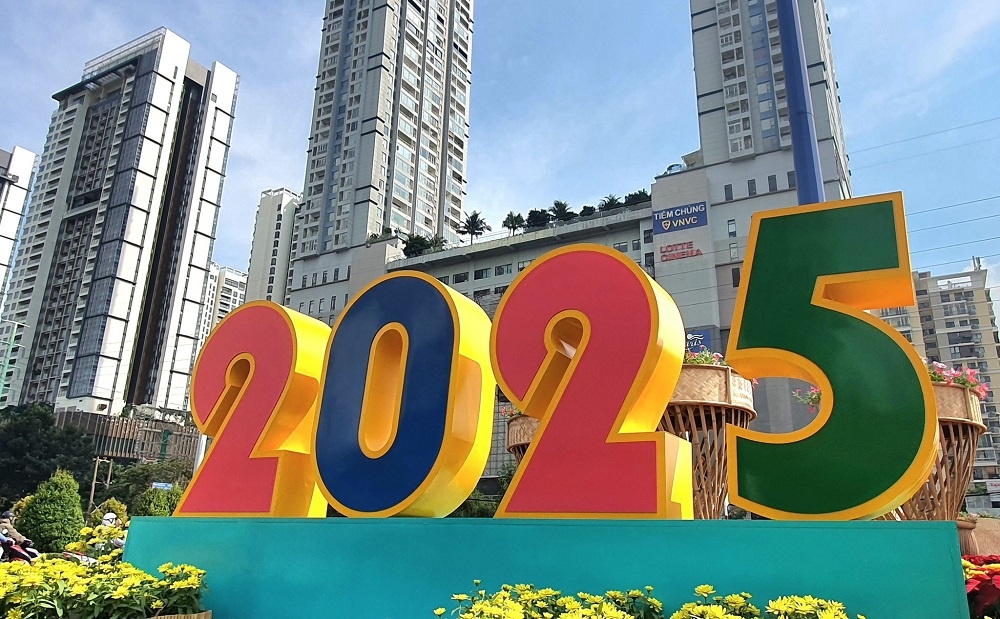

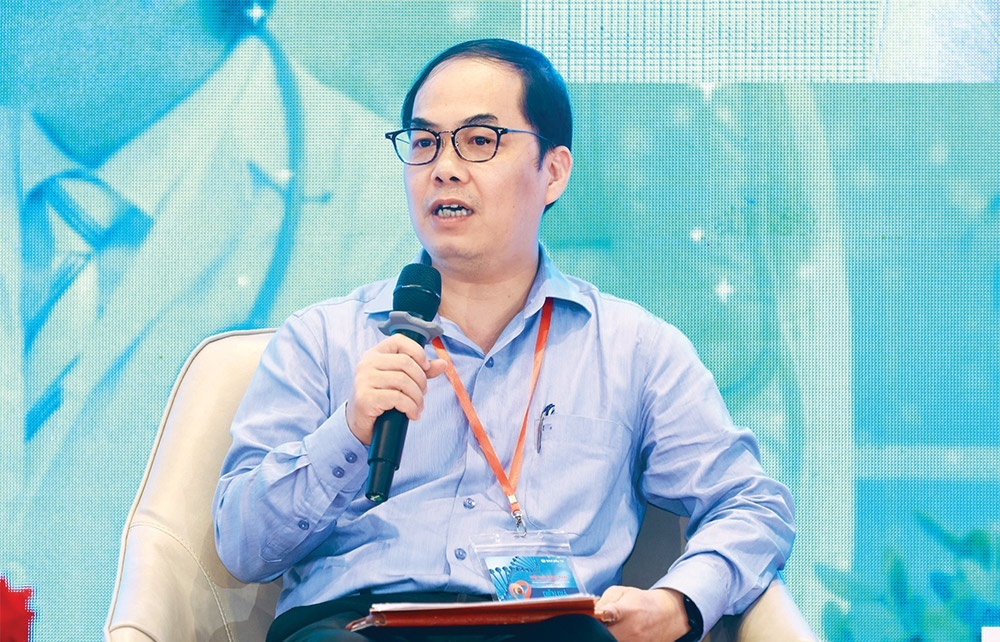



 Mobile Version
Mobile Version